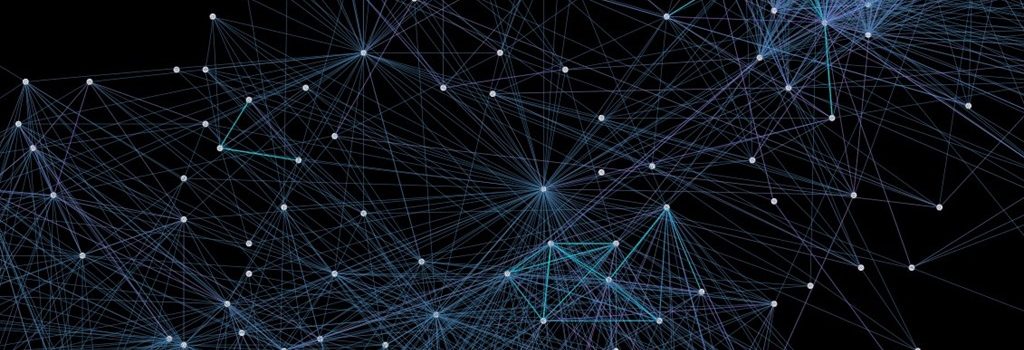As I mentioned in my first post in this series, the central purpose of Data Science is to find patterns in data and use these patterns to make useful predictions about the future. It’s this predictive part of Data Science which gives the discipline its mystique; even though Data Scientists actually only spend a relatively small fraction of their time on this area compared to the more workaday activities of loading, cleaning and understanding the data, it’s the step of building predictive models which unlocks the value hidden within the data.
Read moreDemystifying Data Science, Part IV: Models and Machine Learning





